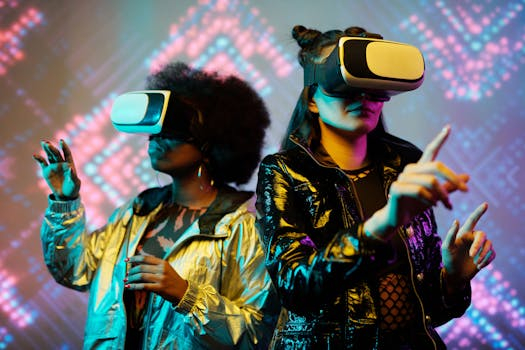The Return of Experiential Retail: Stores as Immersive Destinations
The retail landscape has undergone a significant shift in recent years, driven by the rise of e-commerce and the ever-evolving needs of the modern consumer. In this digital age, brick-and-mortar stores have struggled to compete with the convenience and accessibility of online shopping. However, a new trend is emerging – the return of experiential retail.
The Rise of Experiential Retail
Experiential retail is not a new concept, but it is quickly gaining traction as a strategy for retailers to attract and retain customers. Unlike traditional retail, which focuses solely on selling products, experiential retail aims to create a memorable and immersive experience for customers. This can include anything from interactive installations and product demonstrations to workshops and events.
One of the driving forces behind the rise of experiential retail is the increasing demand for unique and engaging experiences from consumers. In a world where everything is available at the click of a button, consumers are no longer satisfied with simply purchasing a product – they want an experience.
The Return of Physical Stores
The growth of e-commerce has undoubtedly taken its toll on brick-and-mortar stores. Many retailers have struggled to adapt to the changing landscape and have seen a decline in foot traffic and sales. However, the rise of experiential retail may be the key to bringing customers back into physical stores.
Experiential retail allows retailers to create a destination for customers, offering an experience that cannot be replicated online. This can be particularly effective for retailers selling products that are difficult to showcase or demonstrate online. By providing a hands-on, immersive experience, retailers can build a stronger emotional connection with customers and encourage them to make a purchase in-store.
Catering to the Millennial Market
The return of experiential retail is also in response to the changing needs and preferences of the millennial market. This generation, who will soon become the largest consumer group, values experiences over material possessions. A study by Eventbrite found that 78% of millennials would rather spend money on a desirable experience than buying something desirable.
As this group becomes the driving force behind consumer spending, retailers must adapt to their preferences and create experiences that resonate with them. By offering immersive and interactive experiences, retailers can attract and retain the loyalty of this valuable market.
Success Stories in Experiential Retail
Several retailers have already embraced experiential retail and have seen great success. One example is Nike, which launched its “House of Innovation” flagship store in New York City. The store features immersive experiences, from custom shoe designs to virtual workouts, designed to engage and excite customers.
Another successful example is Sephora, which has incorporated experiential elements into its stores, including makeup tutorials, interactive product testing, and beauty classes. This has not only attracted customers but has also led to increased sales and brand loyalty.
Conclusion
The return of experiential retail signals an exciting and necessary shift in the retail industry. By focusing on creating engaging and immersive experiences, retailers can attract and retain customers in an increasingly competitive market. As consumer preferences continue to evolve, the success of experiential retail will only continue to grow.










